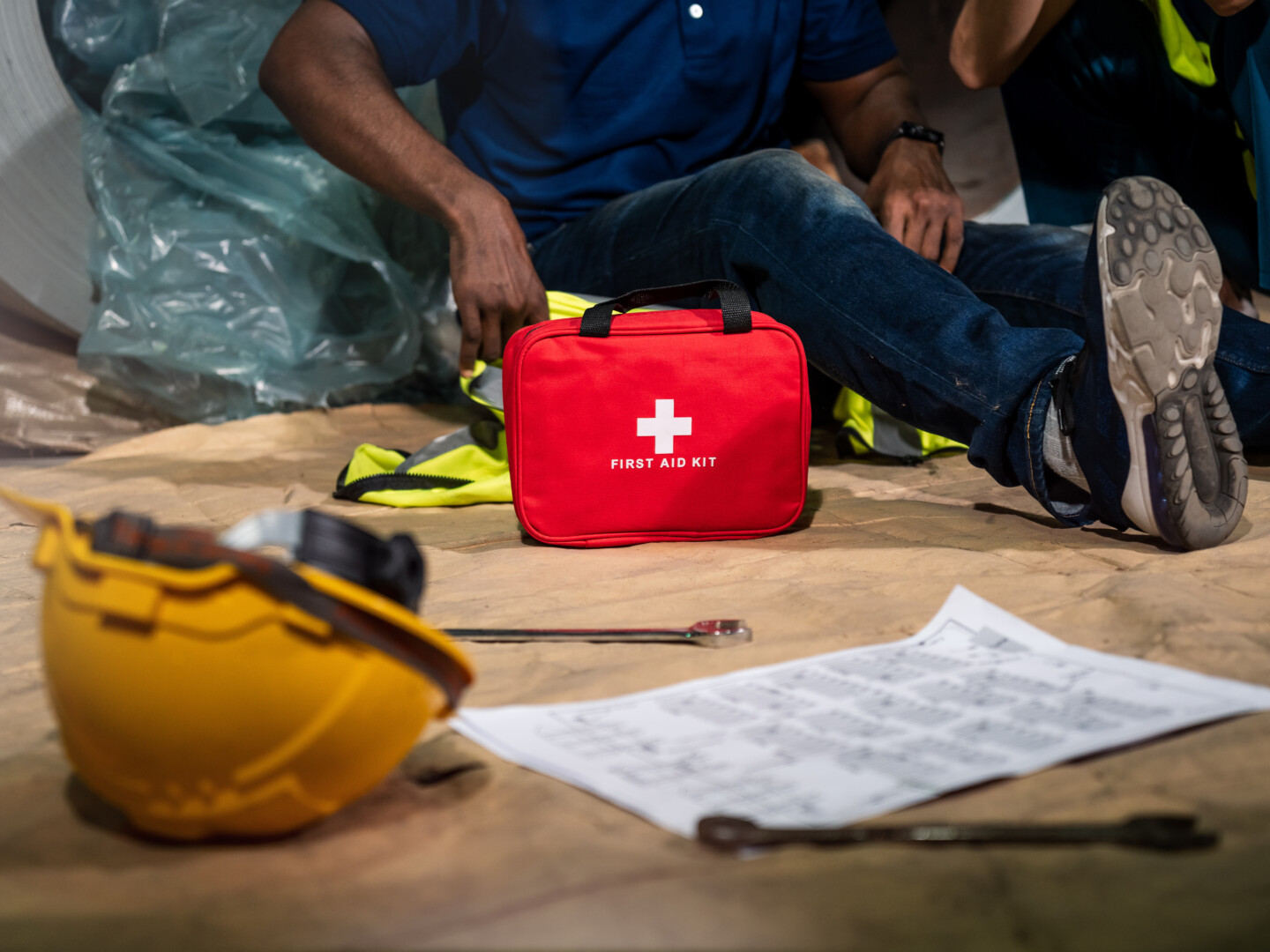


Risk Assessment and Method Statement, known as RAMS, is a vital part of workplace safety across various industries, particularly construction, manufacturing, and engineering.
Every task, no matter how routine, carries health and safety risk. Without proper planning, accidents can happen. RAMS helps businesses stay ahead of potential hazards by identifying risks before they cause harm, assessing how likely they are to occur, and putting clear safety measures in place.
But RAMS isn’t just about protecting workers, it also helps operations run smoothly, reduces costly downtime caused by accidents, and ensures businesses stay legally compliant.
When done right, it fosters a strong safety culture where employees feel confident that risks have been considered and that proactive steps are in place to keep everyone safe.
The first part of RAMS is the Risk Assessment, which involves taking a detailed look at the workplace or task to identify anything that could cause harm. Whether it’s working at height, handling hazardous substances, operating heavy machinery, or managing poor lighting and excessive noise, every potential hazard needs to be recognised and assessed.
Once these risks are identified, the next step is to evaluate how likely they are to happen, and how serious the outcome could be. This isn’t just about listing dangers; it’s about implementing the right safety controls before work begins. For example, if a task involves working on scaffolding, the risk assessment might highlight the need for guardrails, harnesses, and fall protection workplace safety training.
By planning ahead and dealing with risks early, businesses can significantly reduce the likelihood of accidents and ensure a safer environment for their teams.
The Method Statement then takes things a step further by setting out exactly how the job will be carried out safely. It acts as a practical guide, detailing each step of the work, the sequence of operations, the materials and equipment needed, and the safety controls required at each stage.
It also identifies who is responsible for what, so everyone knows their role. And crucially, it includes emergency procedures, making sure everyone understands what to do if something goes wrong.
Together, the risk assessment and method statement form a complete, proactive safety plan. This approach not only improves communication but also helps align teams around safe ways of working.
RAMS are a key part of staying compliant with health and safety legislation. Employers have a legal duty to protect workers from harm, and proper RAMS documentation provides evidence that risks have been identified, assessed, and managed appropriately.
Having a clear, well-documented RAMS helps meet industry regulations, pass inspections, and avoid costly penalties. If an incident does occur, it can demonstrate that reasonable steps were taken to control risks, an important factor for both legal defence and insurance purposes.
More importantly, it shows workers that their safety is a genuine priority, not just in theory, but in practice.
RAMS shouldn’t be treated as a paperwork exercise, it’s a practical tool for keeping people safe. But it only works if it’s shared, understood, and used effectively.
That means taking safety beyond the document and making it part of everyday conversations. Everyone involved in a task should clearly understand the risks, the safety controls in place, and what to do in an emergency.
Encouraging open dialogue helps workers raise concerns, ask questions, and share real-world experiences. This kind of engagement makes safety information more relevant, and more likely to be followed.
The more RAMS is embedded into daily work, the more effective it becomes at preventing harm.
For small businesses, RAMS can sometimes feel like just another item on the to-do list, but in reality, it’s one of the most valuable safety tools available.
Smaller operations often don’t have in-house health and safety teams or the resources to manage the fallout of a serious incident. One accident could mean major disruption, reputational damage, or even legal trouble.
That’s why it’s crucial to make RAMS part of everyday routines helping to build team confidence, improve safety awareness, and protect the business.
Instead of relying on lengthy documents that get forgotten, try:
Digital tools like SafeWorkforce’s health and safety software make it easier to create and share RAMS documents. Our platform helps you build compliant safety plans and distribute them across your teams everyone stays informed. You can even request electronic signatures to track who’s read and understood it, turning RAMS into a two-way safety conversation.
RAMS helps prevent workplace injuries by identifying hazards, assessing risks, and clearly outlining safe working practices. It supports legal compliance, boosts safety culture, and gives everyone a clear understanding of how to complete tasks safely and responsibly.
If you’re unsure whether your RAMS covers everything it should, expert input can make a real difference.
SafeWorkforce works with businesses to make sure their RAMS is complete, clear, and fully compliant, without unnecessary complexity.
Our easy-to-use RAMS builder helps you create practical, effective safety plans. Our experienced health and safety consultants can also review and refine your existing health and safety documentation, spotting gaps and highlighting areas for improvement you may have missed.
Whether you’re starting from scratch or just need a second pair of eyes, we’re here to help you get it right, so you can move forward with confidence, knowing your team and your business are protected.